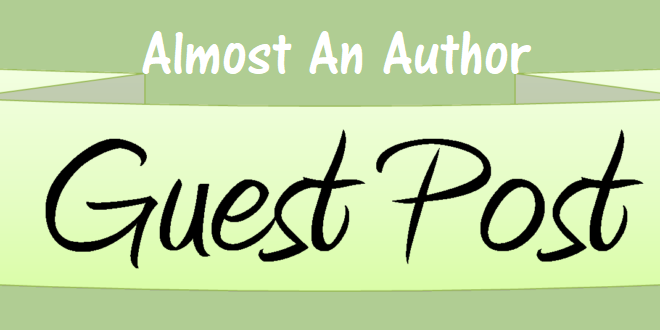Have you ever picked up a book and after a few pages, put it down saying, “This isn’t for me.” Have you ever listened to a speaker and found yourself turning away, thinking, “This guy doesn’t get it.” Or have you met with someone offering professional services—perhaps a consultant or coach—and walked away, saying “We just aren’t on the same page.”
As writers, we want to connect with our readers. We want our readers to say, “Yes, I get it.” We want to receive reviews that say, “This writer knows what it’s like” or “This author is my kind of people.” In the words of Seth Godin, author of Tribes, we want to develop tribes—followers who get us, understand us, and perhaps most important, believe that we “get” them.
When we connect with our readers, we develop loyal and faithful followers. When we speak the language of our readers, we grow our tribe. And we sell our books, along with our products and services. So how do we as writers become more reader-centric?
I believe that it starts with the strategic plan for your book—before you write the first word. Who is it that will benefit from your book? Who needs this book? What groups of people are hungry for the ideas and solutions that you offer? By first starting with your targeted reader as the central point for your writing, you begin to write in a reader-centric manner.
And remember the Native American proverb: if you chase two rabbits, you will lose both. Don’t think your book is for everyone. It is for someone. And once you identify that someone your writing will improve.
Don’t think your book is for everyone. Click To TweetAre you a reader-centric writer? One way to test that answer is to examine your writing. While your stories and experiences are indeed about you the writer, do you include the reader? How many times do you use the word “you” versus the words “I” or “me”?
In working with an author’s manuscript, she often discussed “my” clients and talked about what “I” did. We took another look at her writing, and decided that it was possible to make these into “you” statements, by merely changing the statement from, “This is what I have done,” to, “Are these situations that you have experienced?” By refocusing the writing we were able to create language that was inclusive.
Next, develop ongoing strategies to keep in touch with your readers and your market. Outlined here are several ways to strengthen your radar and keep your readers’ ideas, challenges, and needs in the foreground.
Invite feedback from your reader. When you write a blog post, do you end with a question? Have you invited the readers of your book to interact with you on your website? Have you given your reader a reason to visit your website by providing some incentive, like a white paper, template, or checklist that would be of value? Do you provide your email, website, or social media contact information in your writing? It was by doing some “letter to my reader” and “FAQ” writing prompts with my clients that I learned about the need for coaching about becoming reader-centric writers.
Interview your reader. My readers are my clients, and I ask them lots of questions when we meet one on one, in our group coaching sessions, and when we meet for coffee or lunch. I candidly ask for their feedback so that I can continue to make my coaching services more effective.
Ask probing questions of your readers (and clients). What are your biggest challenges? What’s working for you? What isn’t working? Where have you made mistakes? What information have I as the writer shared that has been most helpful or most confusing? Do you agree with my advice?
Hang out with your reader. I’m always looking for ways to be in community with my readers. What conferences do they attend? What publications do they read? What organizations are they members? By attending the National Speakers Association convention last summer I was able to learn that many speakers were writing blogs and had plenty of content, yet had no idea about how to turn that content into a book. By attending that convention, I learned about a need that became my new service offering and my newest book, Blog2Book!
Your writing will be stronger, your content more applicable, and your readers more faithful when you develop strong skills that keep you in touch with your reader. As I share with my authors in The Writers’ Pledge, we exist as writers to serve our readers:
I pledge that I will continue to work so that I gain clarity and focus for my readers, audiences, and clients. Then I can continue to make the world a better place, one word at a time.
Become a reader centric writer. Click To TweetCathy Fyock is The Business Book Strategist, and works with professionals and thought leaders who want to write a book as a business development strategy. She is the author of Blog2Book: Repurposing Content to Discover the Book You’ve Already Written. She can be reached at Cathy@CathyFyock.com.






 We love helping your growing in your writing career.
We love helping your growing in your writing career.

2 Comments
Cathy. I love it. I think that it’s things we never really think about as the writer. We write, we pen what is on our heart. But it’s just like listening to our kids, our spouses. What are they hearing? What do they want to hear? Only when we know from their mind, from their heart what they want will we be able to communicate more efficiently.
Great word. God Bless
Cathy, This is great information. Many times I forget about the reader. Thank you for refocusing me.